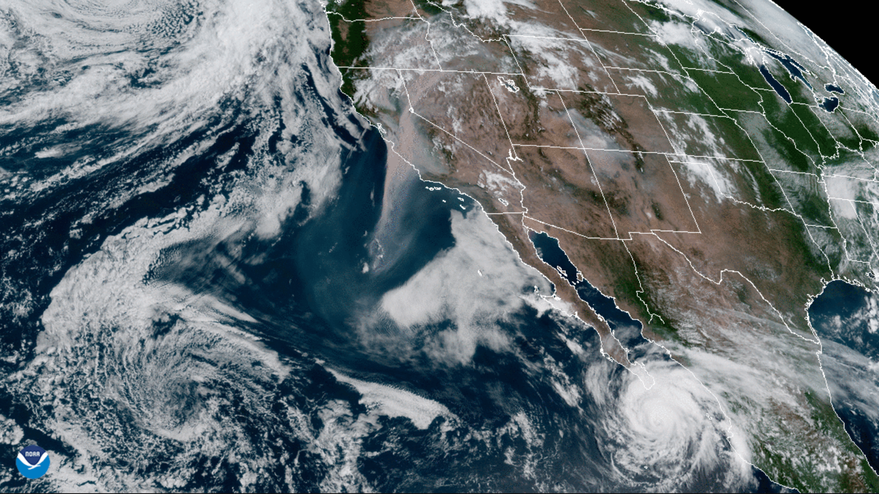SAN FRANCISCO – The National Oceanic and Atmospheric Administration plans to issue a Request for Information in September to learn what type of data companies plan to collect via satellite.
“We’ll be going back to industry and asking, ‘What are your business plans for collecting and acquiring different types of environmental data,’ ” Vanessa Griffin, director system architecture and advanced planning for NOAA’s National Environmental Satellite, Data and Information Service, said Aug. 20 during a SpaceNews webinar.
Based on the responses, NOAA will decide whether to conduct a new Commercial Weather Data Pilot program like the one used to evaluate commercial radio occultation data.
NOAA established a program in 2016 to evaluated radio occultation data provided by private companies. This Commercial Weather Data Pilot culminated in June with a report concluding, “the commercial sector is capable of providing the quality of data needed to help support NOAA’s operational weather forecasting needs.”
Earlier this month, NOAA issued a request for radio occultation data proposals.
“We expect to award contracts, these are indefinite-delivery, indefinite-quantity contracts, in mid-November with data delivery to start on December 1,” Griffin said.
Initially the agency is likely to purchase a small amount of radio occultation data to ensure it has the appropriate mechanisms in place to “bring that data into our operational models and our operational processing streams, all the systems that have to talk to each other and move the data around,” Griffin said. Later, the agency plans to place larger orders, she added.
At the same time, NOAA is surveying the market for new commercial data sources.
The agency’s NOAA Satellite Observing System Architecture study, completed in 2018, concluded that the agency should rely in the future on a hybrid architecture that includes both government satellites and commercial data “where it’s available and where we have been able to show that it will meet NOAA’s requirements and mission needs,” Griffin said.
For now, NOAA simply wants to know what’s available.
“The criteria for providing information is wide open,” Griffin said. “We’re looking at all the different themes that we currently support with our satellite data and being able to provide satellite data in response to those thematic areas.”
